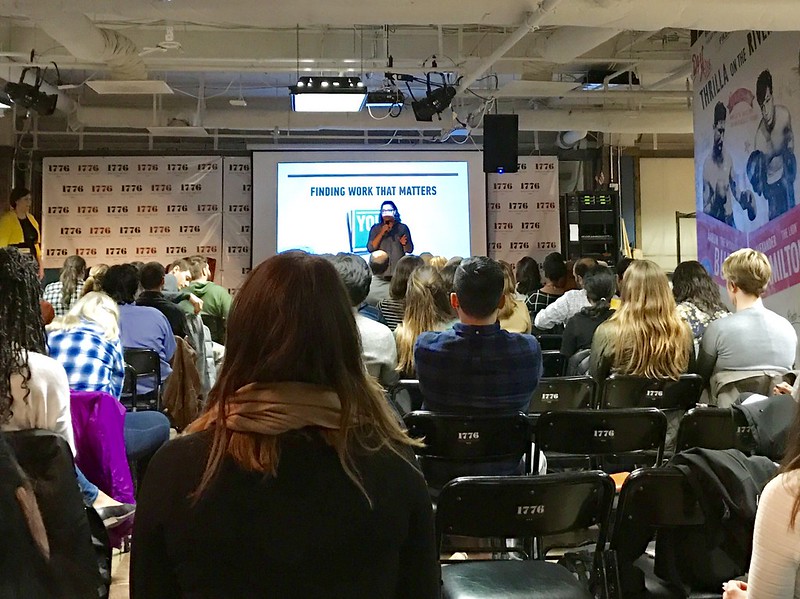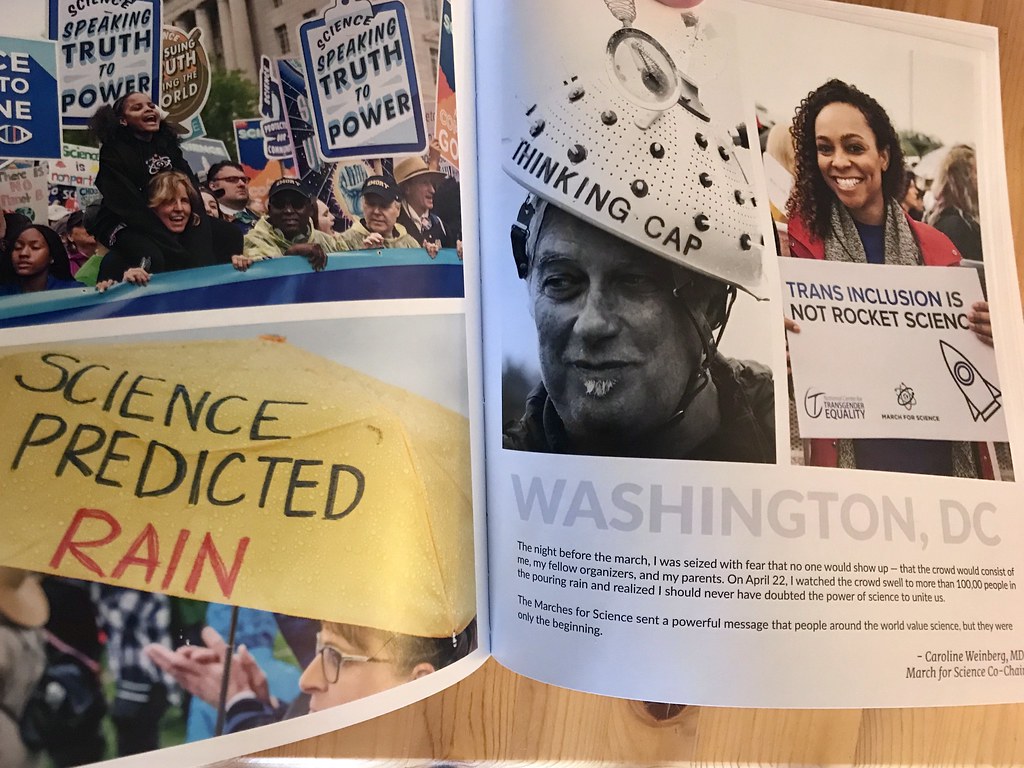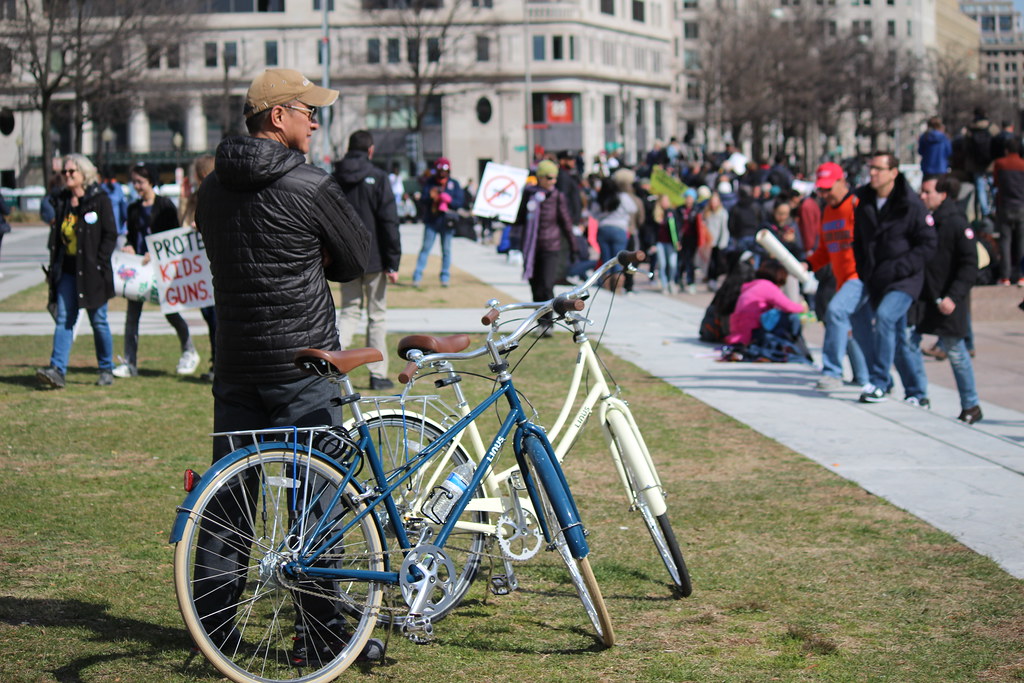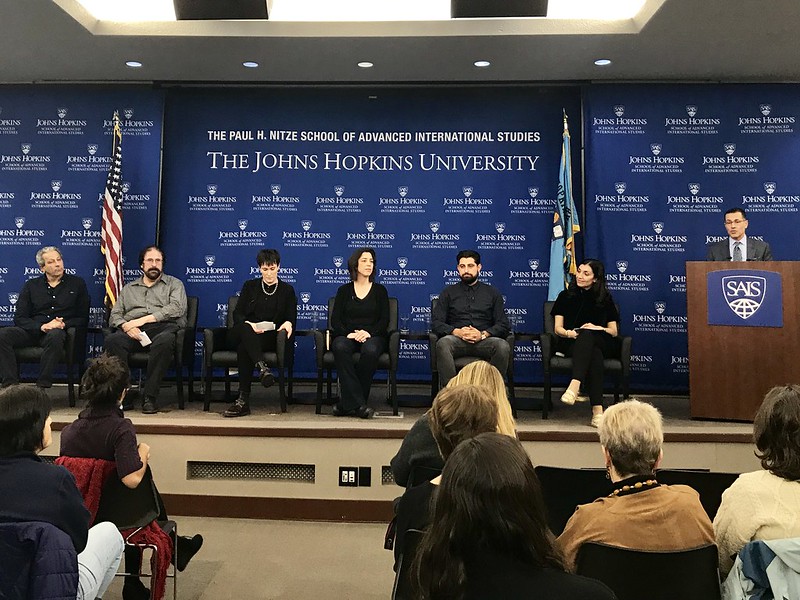
Find work that matters by identifying what matters most to you.
According to a recent survey, nearly 10% of respondents made finding a new job their New Year’s resolution – that’s double from last year. 2018 is the year that America moves on to something better, at least when it comes to work.
The passion for a change was evident at How to Find Work That Matters, a free class at General Assembly in Washington, DC.
Led by career coach Joy Haugen, a packed house of participants took part in exercises designed to identify their dream jobs – and how to get them.
Current/Future State
After a brief introduction, Joy put us to work. The first activity was to write down what your life was like right now – your career, finances, personal life, everything.
Next was to picture your life five years in the future. What does it look like? Where are you living? What are you doing?
Joy then made everyone in the room stand, spin three times, and share your dream with someone else. Three other people, to be exact, as the room burst into noisy conversation.
While Joy encouraged people to think big, most people’s dreams (including mine) were more prosaic: a good job doing interesting work with nice people. That is the American Dream, 2018 edition.
The purpose of this activity was to identify what really mattered to you. Is it being able to walk to work? Make lots of money? Travel? Time off? In order to find work that matters, you must know what matters to you.
Throughout the exercises, Joy’s point was to switch the job-searching paradigm around. You are not a powerless candidate trying to fit into a prescribed box of qualifications. Instead, you are talent, bringing your unique strengths (your superpower, in her words) to an employer lucky to have you.
Superpower
What is your superpower? What makes you unique? What do you love more than anything else? The next step was to tell the person next to you what that was. (The evening is an introvert’s nightmare). Mine was writing. “Finding an apartment,” spoke the young woman next to me, a true super power in DC.
Your resume should be all about your superpower. What’s the point of listing a bunch of stuff you don’t want to do? My resume is about writing, specifically writing for web sites and social media.
Even if you think your superpower (like finding an apartment), isn’t relevant it probably can be related to real-world skills. The super girl of apartment searching needed to be organized, quick and decisive to find a home in a city with few rentals.
Tip: Add a section called “Skills” at the top of your resume. Hiring managers spend six seconds on a resume. Make it easy for them by listing what you do best.
Values
Next, Joy made us create two lists:
- What I’ve enjoyed at work.
- What I’ve not enjoyed.
After we scribbled down our lists, she asked us to look for patterns. My likes were writing, web sites, social media, creative people, collegial environment, happy hour. My dislikes were bureaucracies, bad bosses and no benefits.
Looking at the lists, what stands out? What are your values? Is it important to work in an innovative company? Work independently? Be part of a team?
My values: Creativity, Learning, Nice.
Applying for jobs is a full-time job. Only pursue opportunities that meet your values.
Resume
What I liked about Joy was that she was not overly prescriptive. There are many different ways of doing a resume but the format she recommended was:
- Name
- Contact Info (just email/phone – no address needed)
- Skills
- Objective/Brand Statement (what you want to do/who you are)
- Experience
- Education
- Other (your side hustle, millennials)
One page for every ten years is her rule. Lots of bullets to make the resume easy to scan. And data. Numbers. If you increased sales by 20%, include that.
Cover Letter
Joy is also an advocate of the cover letter. It should contain five paragraphs:
- What you’re applying for.
- Why you’re great.
- Why they’re great.
- What great things we can do together.
- Call to action – call me!
The purpose of the resume and cover letter is to get you past the screener. A typical HR staffer may be recruiting for twenty jobs. For each job, they get 100+ resumes. Make it easy for the screener to match you with the job by clearly spelling out your skills and interests.
Networking
Of course, the dream is to skip past the screener. You do that through networking. Go to events in your field. Stalk people on LinkedIn. And, when you meet people, stand out by not asking that most DC of questions, “What do you do?” Instead, ask people what they like about their jobs or what they do outside of work or, frankly, anything. The purpose is just to have a human conversation so that they’ll remember you in the future.
Tip: For an easy networking opportunity, go to General Assembly’s First Friday Happy Hour.
Let’s Make a Plan
Most people who resolve to find a new job in January give up by February. Job searching is hard. It’s easy to stay in a sucky job than find work that matters.
Joy advocates blocking out time on your calendar to work on applications. And celebrate your wins, even if it’s just updating your resume or going to a networking event.
Washington is awash in jobs. But it’s also awash in candidates.
The temptation is to apply to everything and anything. After all, you can do so with the click of a button.
What I took from Finding Work That Matters was the importance of determining your values and not compromising on them. You can always learn knew skills, if you’re in a supportive environment that you enjoy. Find work that matters in 2018 by respecting your unique needs.











